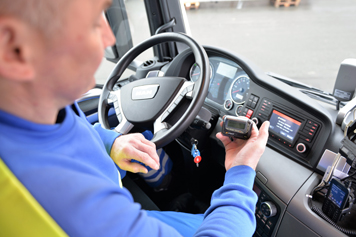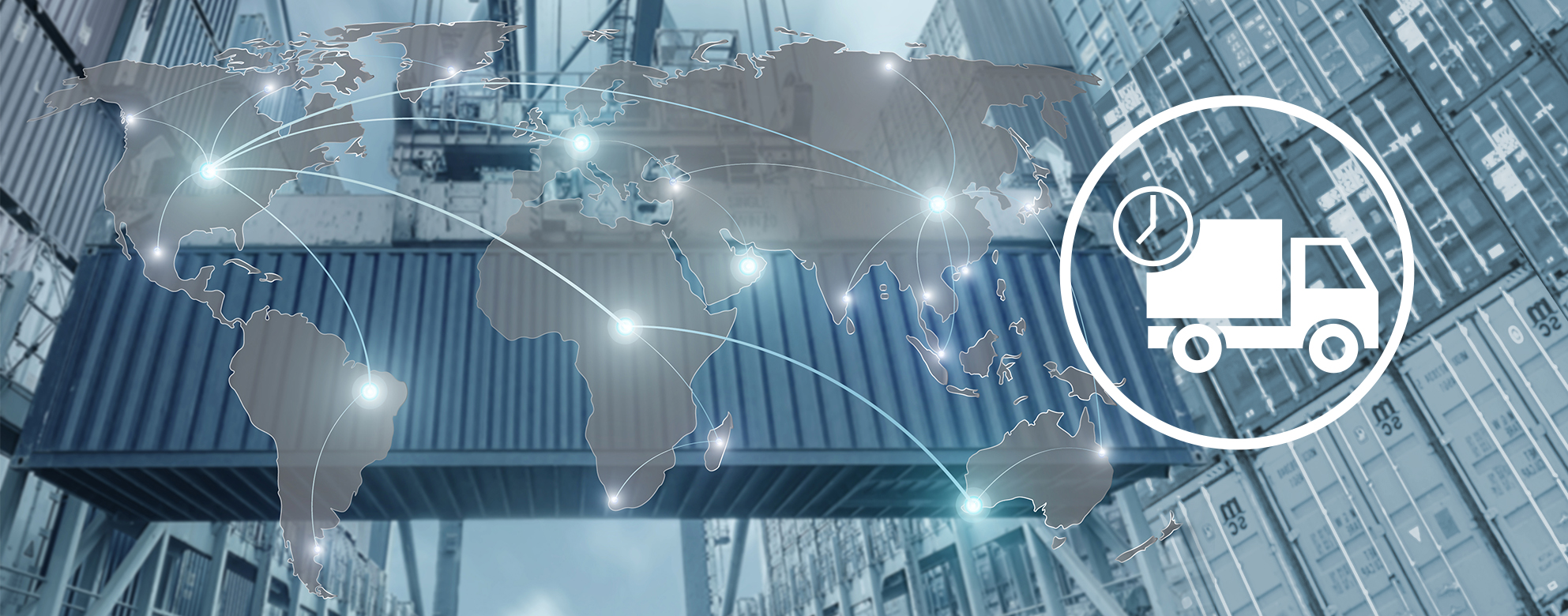Reasons
- Traceability
- Services such as recipient notifications
- Use of IoT and Blockchain
- Realtime transport optimization
- Control of upstream and downstream processes
- Fulfilment of legal requirements (POD / confirmation of arrival)
Why is a consistent Track & Trace important?

Traceability of consignment is a matter of course for today’s consumers. But thanks to the progressing digitalization, the associated potentials are being used increasingly in the area of transport and intralogistics – especially as the Track & Trace offers quite interesting cost savings. While conventional data exchange using EDI/DFÜ has long become standard, the use of SAP Extended Warehouse Management (SAP EWM) and SAP Transportation Management (SAP TM) opens up a large number of extended application options.
Whether via information and communication portals, via app, from the cloud or via GPS – the flood of data is growing! In order to be able to generate added value from the data, these must be presented in a clear, structured manner. Only then it is possible to integrate analysis functions, to implement a solid monitoring and to be able to use the gained Track & Trace information for reliable realtime decisions or also a "Predictive Optimization".
This means for inbound and outbound that all procedures and work steps can be completely recorded and tracked. This begins with the sensor technology of the storage and transport facilities and extends to proof of delivery (POD) by the customerTrack & Trace using SAP TM and SAP EWM enables you to profitably use standardized processed data for the benefit of both your customers and your own company!
The advantages that result from this can best be illustrated with two simplified, exemplary scenarios, as they can take place with a shipper in the outbound area:
Transport processing by specialised service providers
The continuous data exchange already begins when a transport enquiry is created in SAP TM. As a result, suitable service providers including freight conditions can be generated automatically. Here, SAP TM collaboration tools can be used, which also access special offer portals, so that an individually consistent freight allocation can be triggered. Furthermore, order-relevant data can be transferred to SAP EWM via SAP TM, so that deliveries can be specially marked in the warehouse if necessary. With the help of Track & Trace, it is also possible to obtain information in time about possible delays in order processing and damage to goods, in order to be able to counteract in real time. Also, the SAP TM improves the communication between you as a shipper and your suppliers, logistics service providers and customers. Simply provide your partners with portals and apps that can be used to display relevant data and also record it yourself!
Transport processing by own vehicle fleet
Among other things, you have the possibility to communicate with drivers in the IGZ (SAP TM Best Practice) app. The advantage is that upcoming tours and shift plans are transmitted in real time and also the yard management is supported in the selection of a suitable vehicle or other means of transport. Track & Trace data from SAP TM and SAP EWM documents the order intake, the time at which the order picking is triggered as well as the end of the packing process, the successful loading, the departure of the truck and the arrival at the consignee.
Transport Management and Telematics / Telemetry
Transport Management Systems, such as SAP TM, are a business-oriented software solution for determining freight requirements, costs and revenues. It manages, operates, controls and optimizes the entire transport process, ensures efficiency in goods movements and interacts with the warehouse and higher-level ERP system.
The range of services of SAP TM can be extended used by integrated telematics.

Telematics describes the use of equipment for the determination of position and transport data via Internet. It is used for data gathering (telemetry). The objectives are: optimization of driving behaviour, reading of the tachograph (working, driving and rest times, speeding), connection of onboard units (OBU), GPS data (location / geo-fencing) navigation, monitoring of emission and consumption values, connection of further sensors (trailer boxes / black box / temperature sensors / vehicle data CAN-BUS, ...) and supports an efficient fleet management as well as communication with the driver (e.g. for order transmission or for status feedback). Thus, e.g. driver premiums for efficient driving are possible. Container tracking with active GPS stations is also possible.


